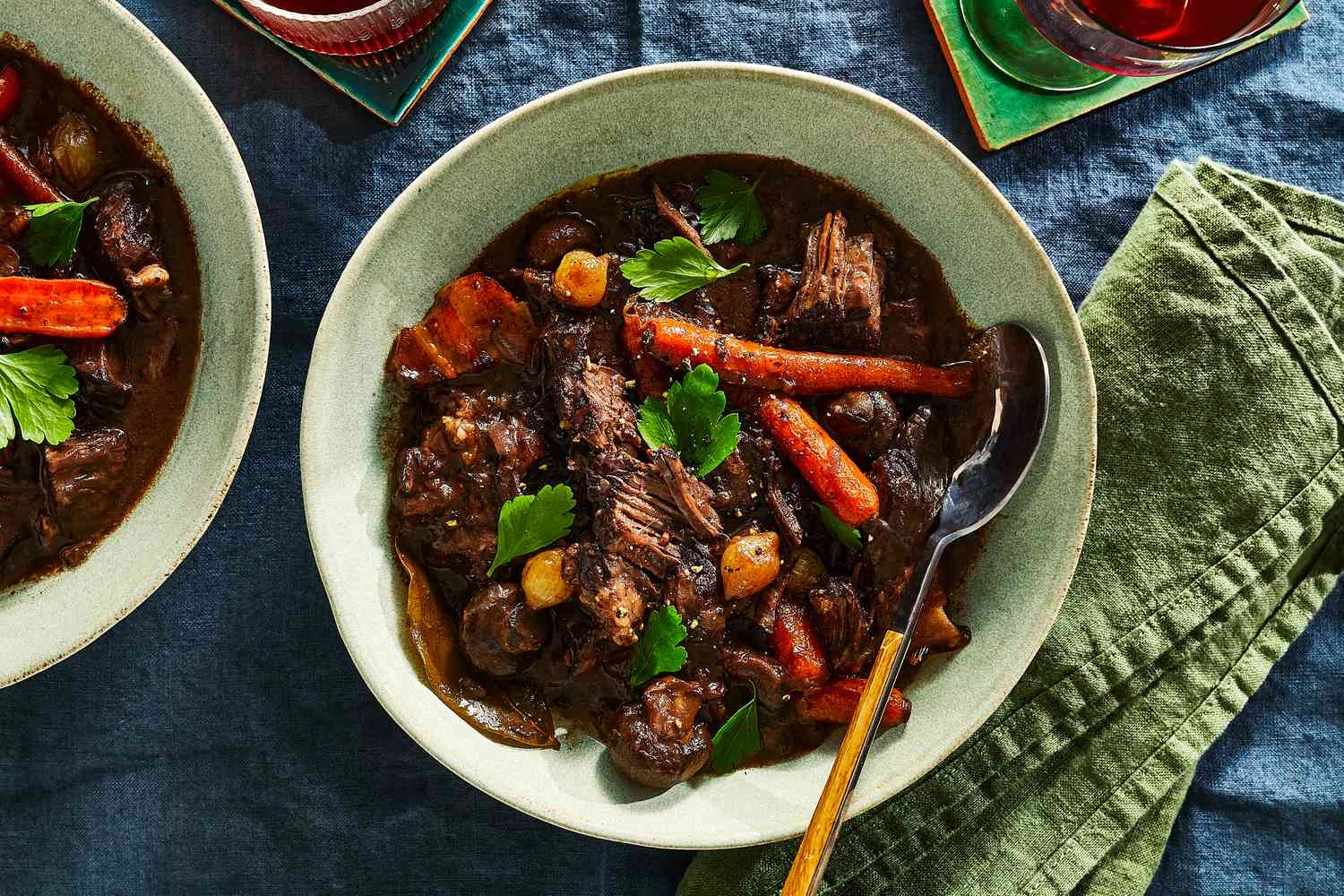Envision the scent of ocean-fresh seafood simmering gently, a beautifully marbled Angus beef steak hissing as it kisses the grill, or the homely aroma of a hearty Scotch broth bubbling over a warm fire. Prepare yourself for a culinary journey through Scotland’s gustatory delights, where flavor dances with tradition in a tantalizing taste spectacle. This year, Scotland is celebrating its natural abundance, showcasing the richness of its pantry. But could there be hidden gems in this gastronomic tour? Keep your senses on high alert, there are many more delicacies to taste.
Scotland’s Culinary Heritage
When one considers the culinary heritage of Scotland, they can expect a palate filled with robust flavors encapsulated in traditional dishes such as Haggis, Scotch Broth, Cullen Skink, Cranachan, and Shortbread. Each dish carries a rich history and unique preparation methods that truly honor the country’s local produce and love for hearty meals.
These traditional recipes have deep roots in long-established culinary practices, mirroring the country’s resourcefulness and adaptability to the changing seasons. For example, Haggis is a dish that makes use of every part of the sheep, reflecting the Scots’ reverence for the animal and the land. This dish offers a layered blend of textures and flavors, from the softness of the mince to the satisfying crunch of oatmeal, all encased in a sheep’s stomach.
Scotch Broth and Cullen Skink exhibit Scotland’s flair for comfort food, with each soup providing warmth from the inside out through their rich, nutritious ingredients. On the dessert side, Cranachan and Shortbread stand as sweet indulgences that showcase Scotland’s natural abundance. Cranachan is a pleasing blend of raspberries, cream, and oats, sometimes enhanced with whisky, while Shortbread is a crumbly biscuit that pairs perfectly with a cup of tea.
These dishes represent more than mere sustenance; they stand as a testament to Scotland’s culinary inventiveness and resilience.
Iconic Scottish Dishes

Let’s appreciate the culinary heritage of Scotland by looking at some of its most celebrated dishes. These represent the country’s creativity and fondness for comfort food. Each Scottish specialty is a testament to traditional recipes that narrate the country’s heritage and the richness of its natural produce.
Our journey begins with Haggis, a unique combination of sheep’s offal and oatmeal, showcasing how Scotland transforms basic ingredients into heartwarming meals. Next up is Scotch Broth, a comforting soup brimming with lamb and hearty barley. Cullen Skink, a fish soup hailing from northeast Scotland, underscores the country’s love for seafood. Desserts such as Cranachan and Shortbread round off the meal, showcasing the sweetness of Scotland’s natural produce.
| Celebrated Dish | Description |
|---|---|
| Haggis | Combination of sheep’s offal, oatmeal and spices |
| Scotch Broth | Comforting soup with lamb and barley |
| Cullen Skink | Fish soup with smoked haddock |
| Cranachan & Shortbread | Desserts made from natural ingredients |
These dishes are more than just food. They narrate Scotland’s history and offer a glimpse of its abundant natural resources. Trying them out will give you an authentic taste of the country’s fondness for comfort and tradition.
Whisky: Scotland’s National Drink

Focusing on beverages, whisky indeed signifies the spirit of Scotland. More than 120 distilleries scattered across the nation create this iconic drink, boasting a range of styles and flavours. This isn’t just a drink, it reflects Scotland’s abundant history, varied geography, and time-tested craftsmanship.
Venture into the world of whisky tourism in Scotland and encounter:
- The smell of peat drifting from the smoky Islay malts
- The smooth, fruit-infused complexity of a Speyside dram
- The hearty, full-flavoured depth of Highlands whisky
Every distillery offers distinct experiences, from the conventional pot stills of the Lowlands to the coastal distilleries of Campbeltown. You can sense the passion in each drop, the meticulous precision, and the devotion to preserving age-old methods.
Visiting distilleries isn’t solely about tasting whisky, but understanding its production. You’ll observe the malting, mashing, fermentation, distillation, and maturation processes, each adding to the unique flavour profiles. It’s about liberty, the liberty to wander, to taste, to learn, and to cherish a drink that is so profoundly Scottish.
Seafood Delights of Scotland

Scotland’s coastal zones are a wealth of fresh seafood, presenting a variety of dishes that echo Scotland’s maritime past. Salmon, scallops, and mussels are abundant, each with a distinct taste derived from the untouched Scottish waters.
Sample the local shellfish delicacies such as Arbroath Smokies, a smoked haddock that represents Scotland’s distinctive culinary heritage. Or, taste a serving of Cullen Skink, a robust fish soup, reflecting the country’s affection for its abundant sea. But it’s not just about traditional foods in Scotland’s seafood scene. There’s an array of options – from basic fish and chips to extravagant seafood platters, all ready for your tasting.
Scotland also honors its seafood bounty through numerous seafood festivals. These lively events provide an opportunity to enjoy the freshest catch, participate in cooking demonstrations, and immerse yourself in the local culture. Visitors can relish in the unique flavors of traditional dishes while listening to live music from local artists. These festivals are just one highlight of Scotland’s yearround festive celebrations, showcasing the country’s rich culinary heritage and vibrant community spirit. With tastings, artisan markets, and family-friendly activities, there’s something for everyone to enjoy throughout the year.
Innovations in Scottish Cuisine

Within the rich and flavorful traditions of Scottish cuisine, an exciting transformation is occurring. Chefs are skillfully blending revered recipes from the past with contemporary methods and fresh, seasonal produce. This results in an enticing fusion that caters to a wide range of tastes and dietary needs. Here, haggis finds a fresh identity through enticing fusion flavors, and the modest neep is reimagined with innovative culinary techniques.
Picture this:
- A serving of classic Scottish stew, reinterpreted in a contemporary style, where the robust beef is substituted with locally sourced venison, slow-cooked to perfection.
- A serving of Cullen skink, its distinctive haddock flavors amplified by the subtle introduction of saffron and a swirl of crème fraîche.
- A plate of haggis bon bons, the familiar peppery notes softened by a sweet red onion chutney.
This isn’t mere imagination, but a testament to the creative gastronomy of Scotland, which skillfully balances respect for traditional recipes with the courage to innovate and experiment. This culinary transformation showcases Scotland’s flexibility, with chefs crafting dishes that are as varied as they are appetizing. By incorporating contemporary spins and seasonal ingredients, Scotland’s food scene is confidently stepping into the future.
Sampling Scotland’s Farm-to-Table Movement

Scotland’s culinary scene is flourishing with a strong focus on local produce, sustainability, and ethical dining. The farm-to-table movement is a significant trend, with Scotland’s diverse landscapes providing a treasure chest of locally sourced ingredients.
Scotland’s dining establishments are known for their commitment to sourcing fresh produce, meat, and seafood from local farms and coastal regions. This not only provides a lifeline to local farmers, fishermen, and producers, but it also fosters ethical dining practices.
Here is a glimpse of the regions, their notable produce, and the restaurants that highlight these ingredients:
| Region | Highlighted Produce | Noteworthy Restaurant |
|---|---|---|
| Highlands | Beef | The Torridon |
| Lowlands | Berries | The Peel Farm |
| East Coast | Seafood | Ondine |
| West Coast | Lamb | The Ninth Wave |
| Central Belt | Vegetables | Monadh Kitchen |
This culinary expedition in Scotland is sure to tantalize your taste buds. It’s not just about good food; it’s about knowing where your food comes from, supporting local communities, and making sustainable choices.

